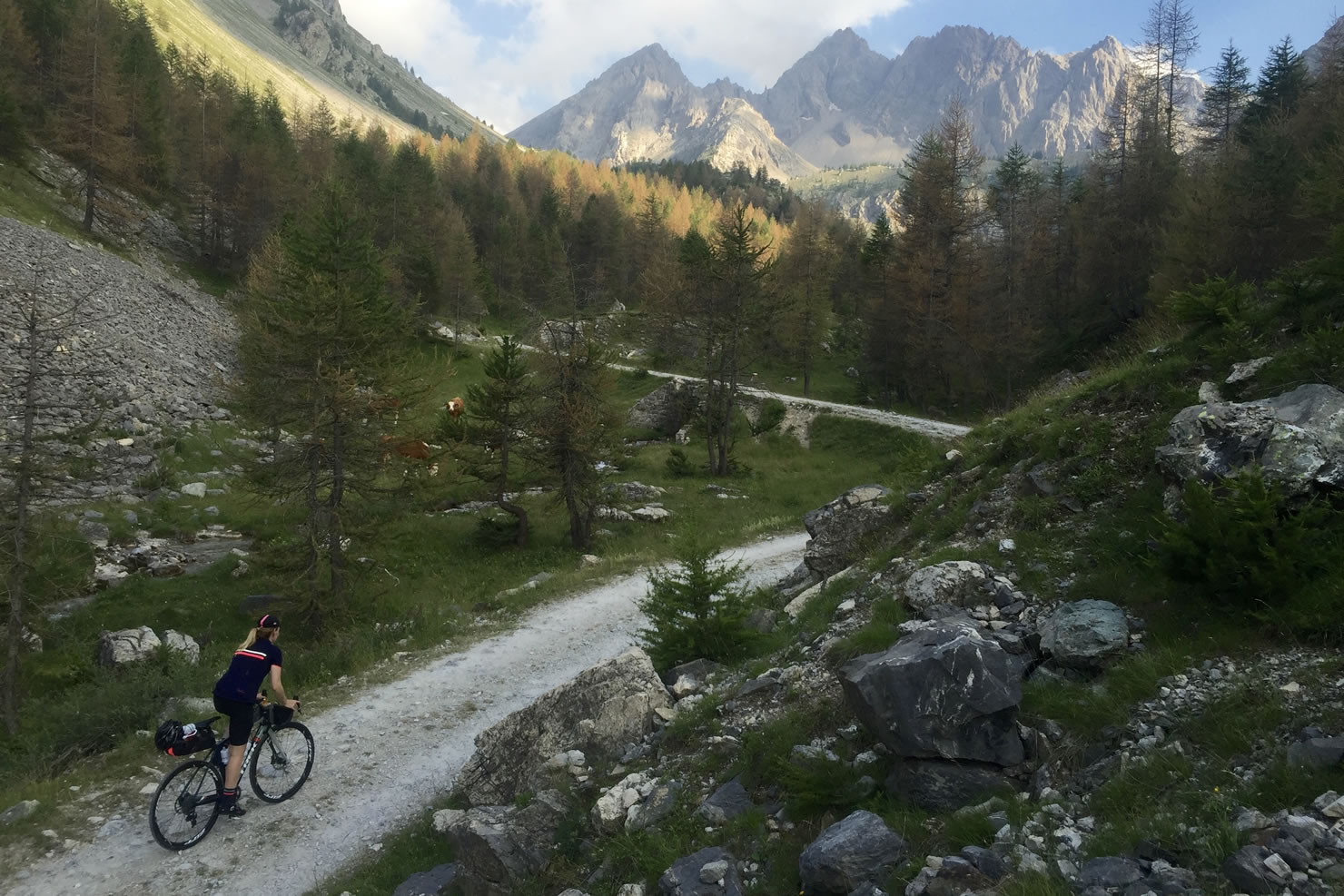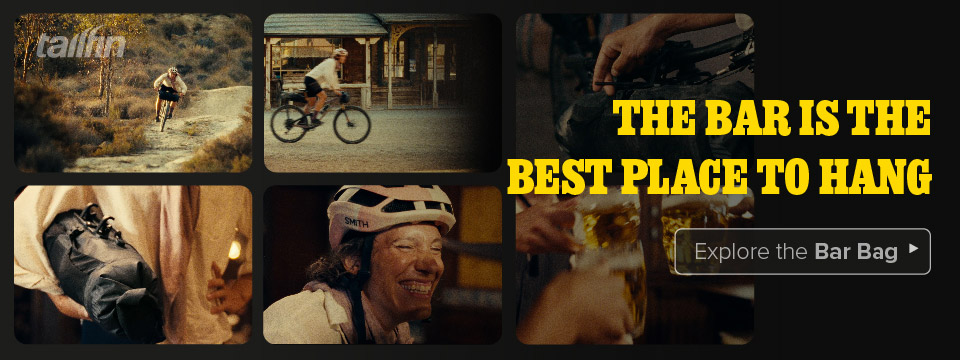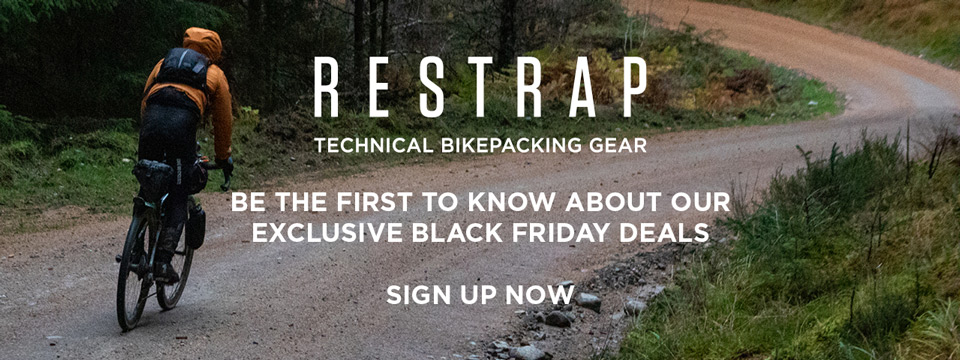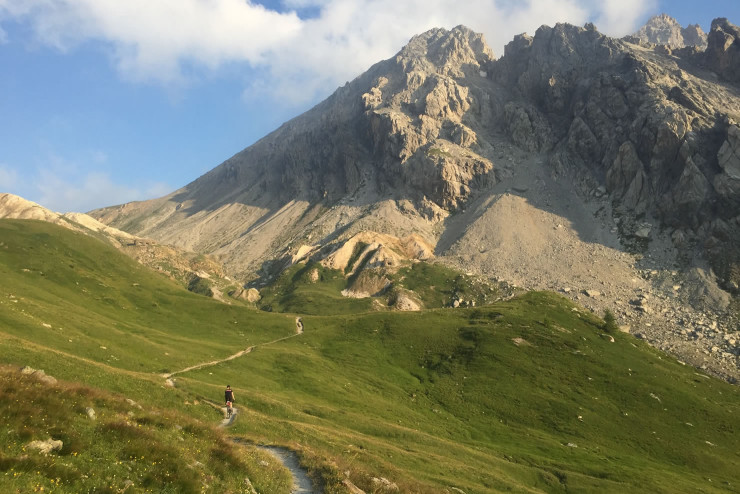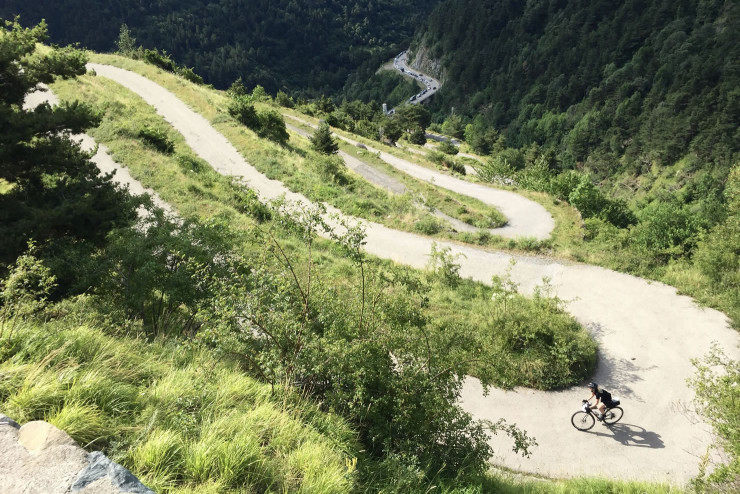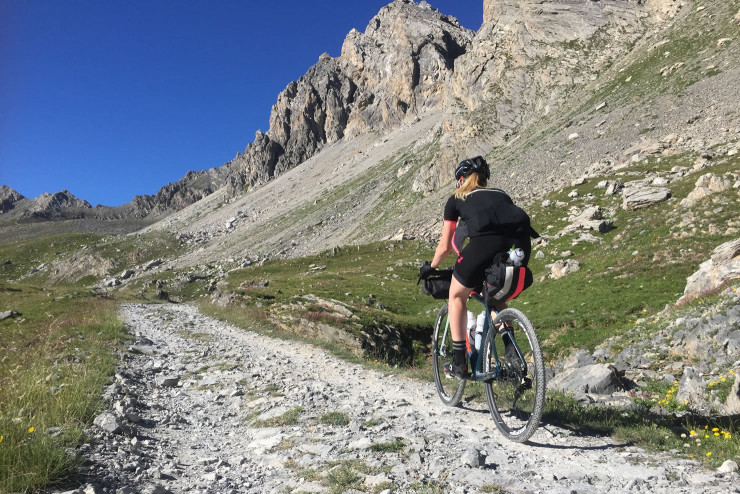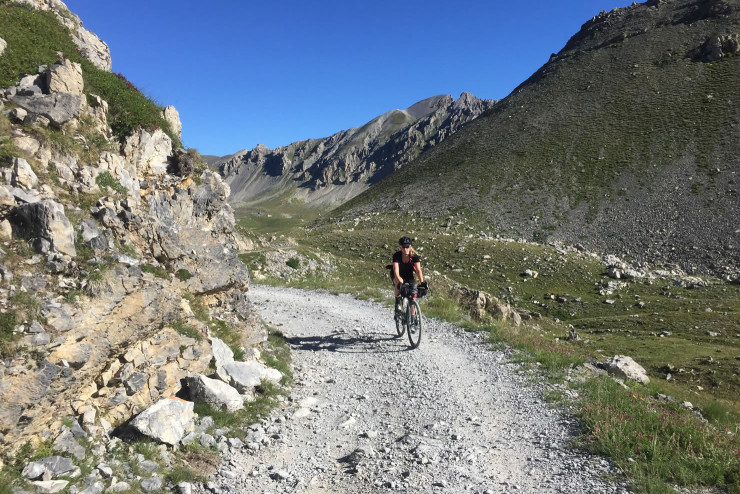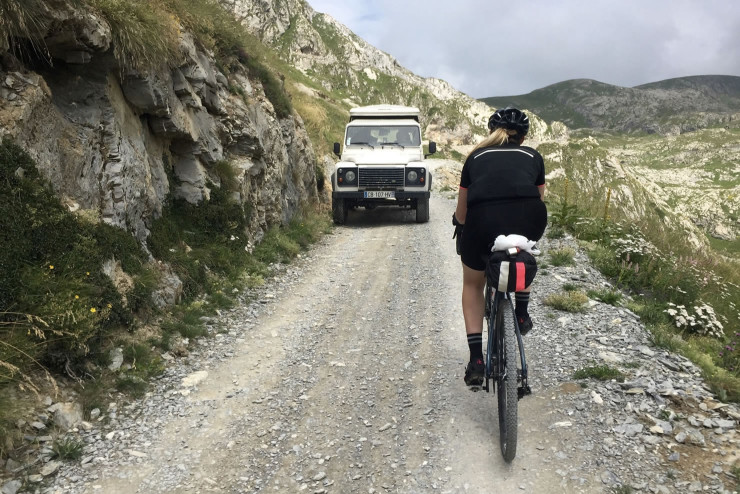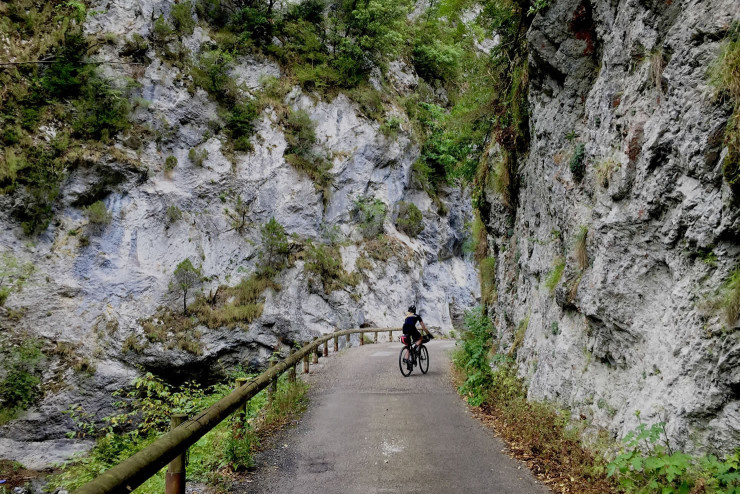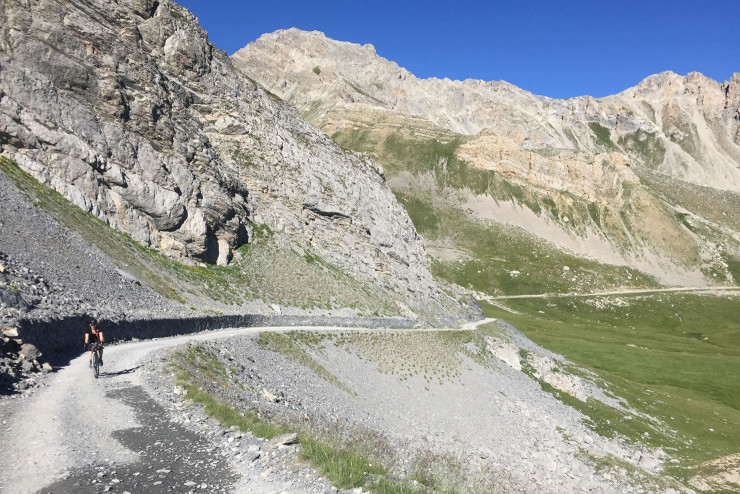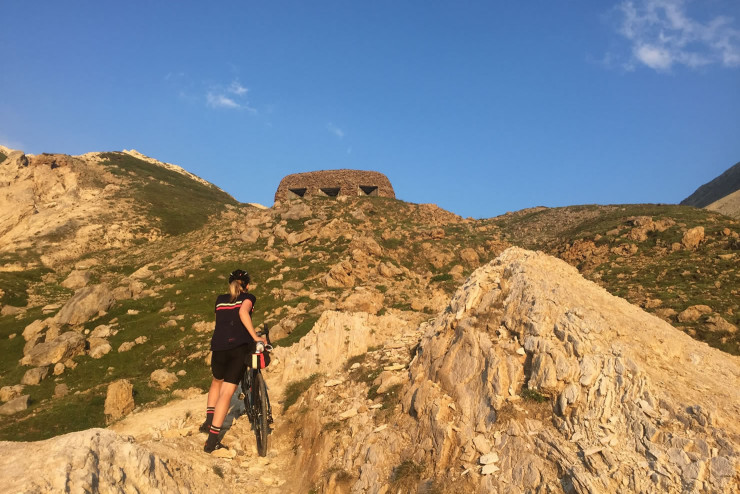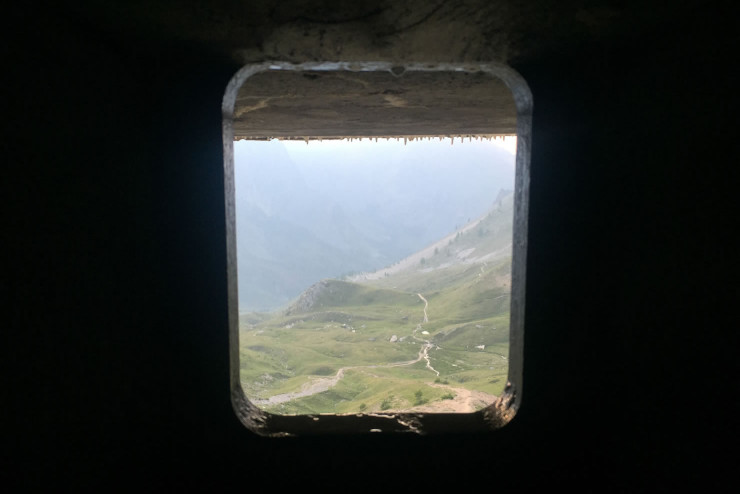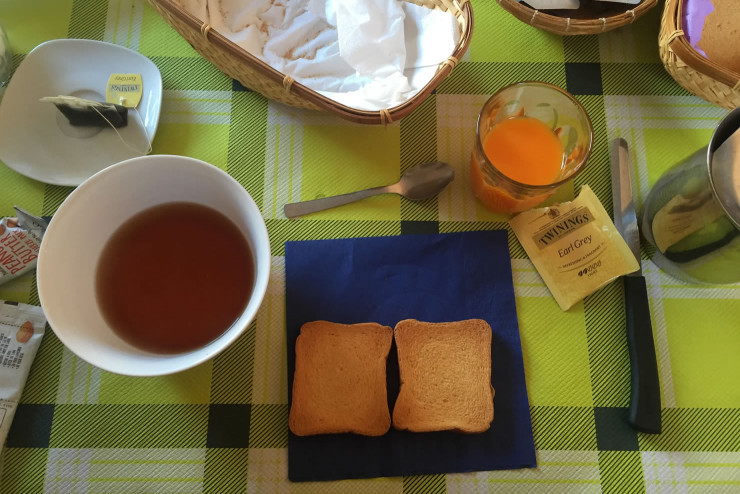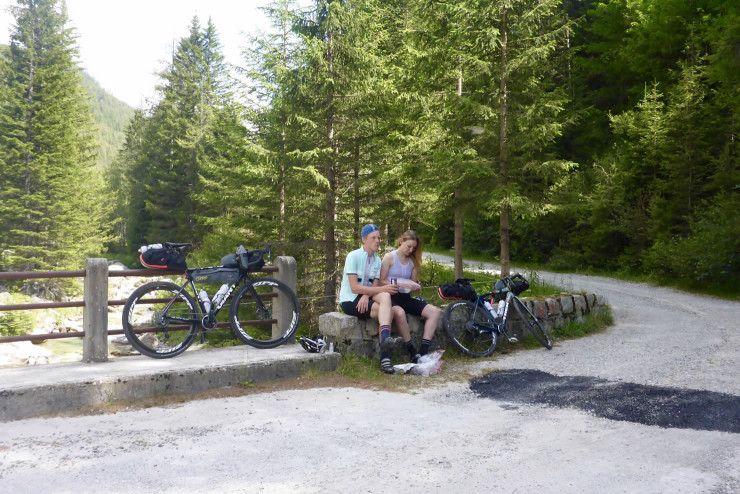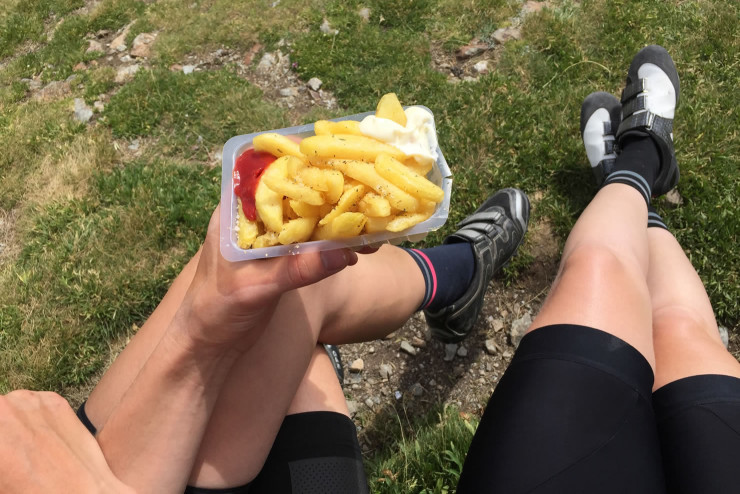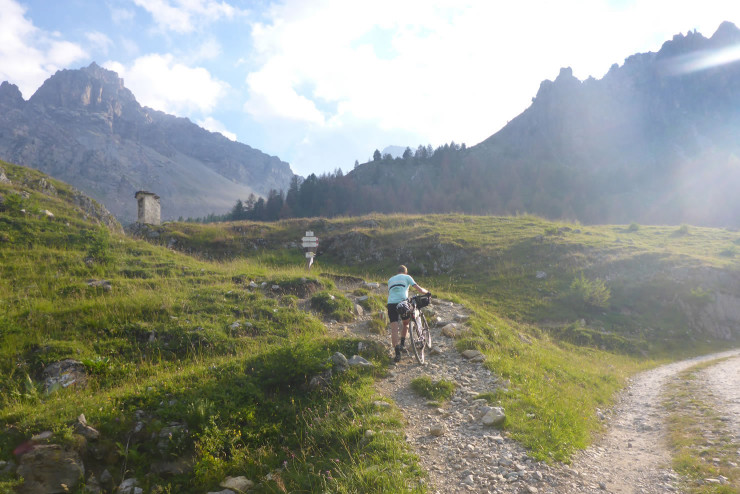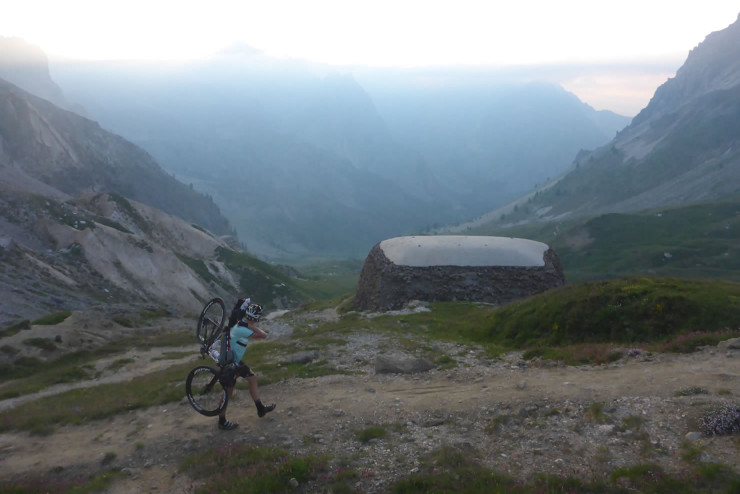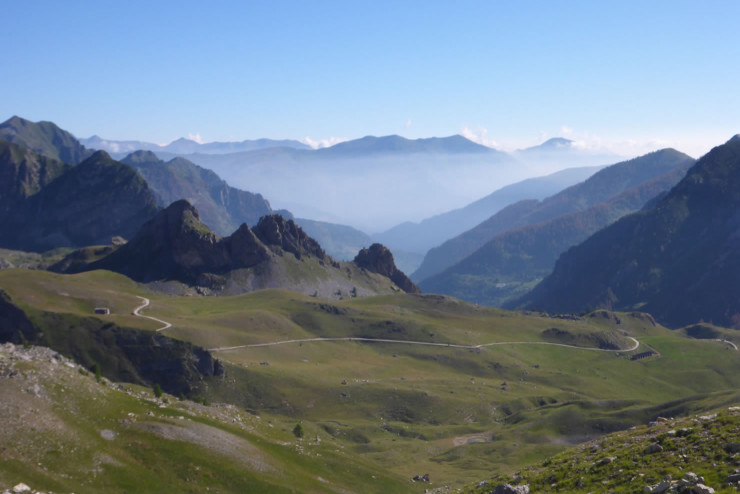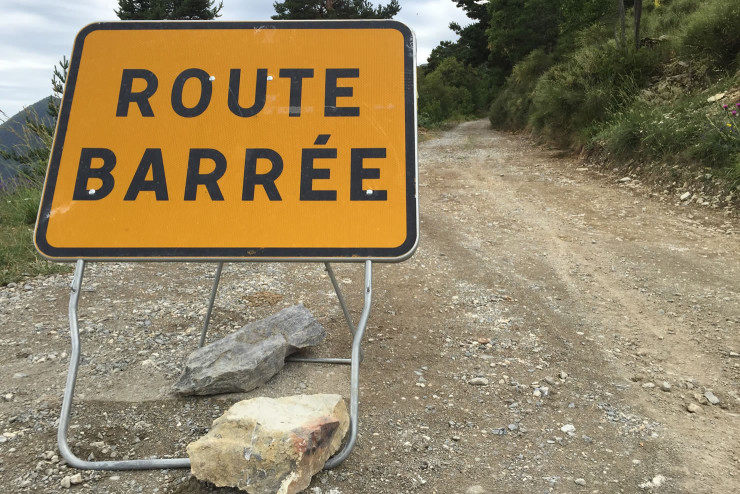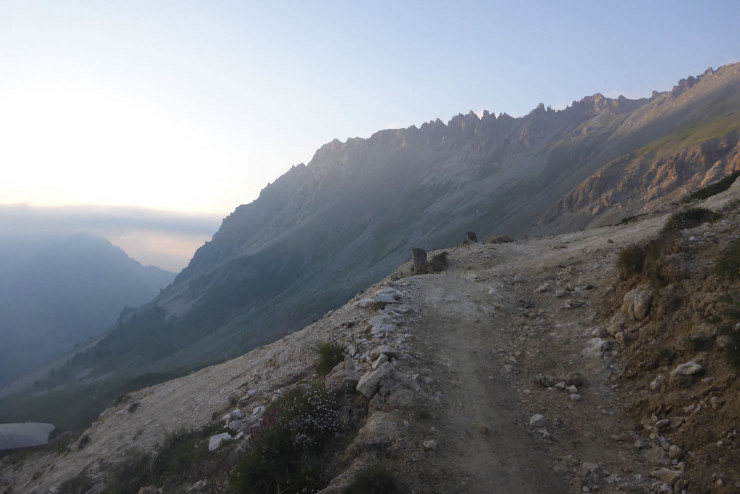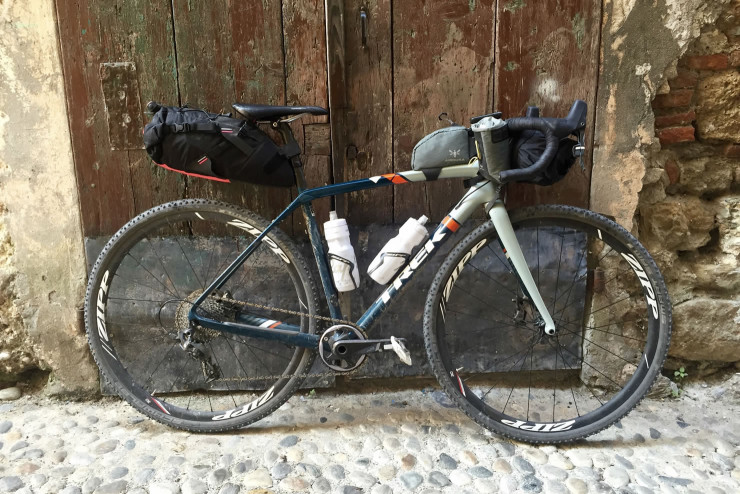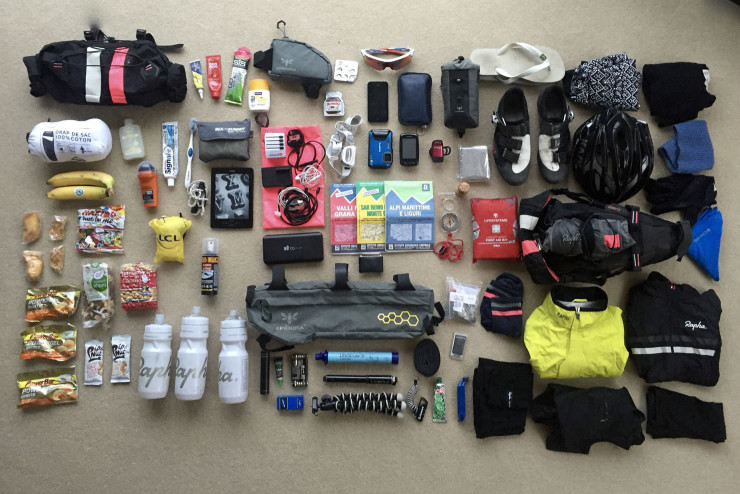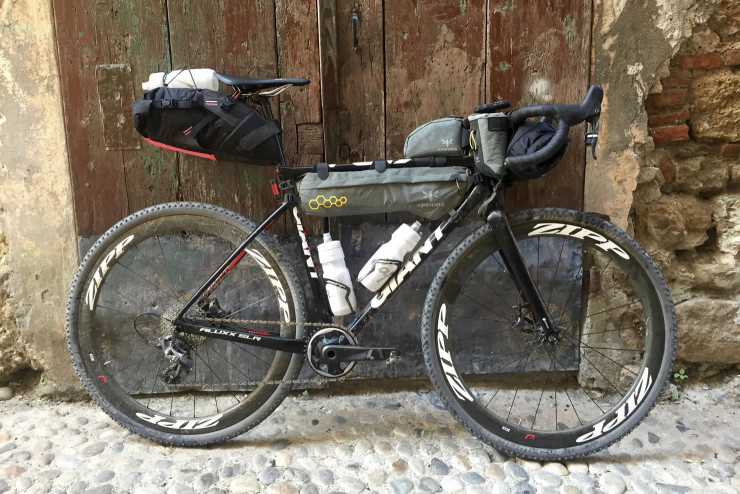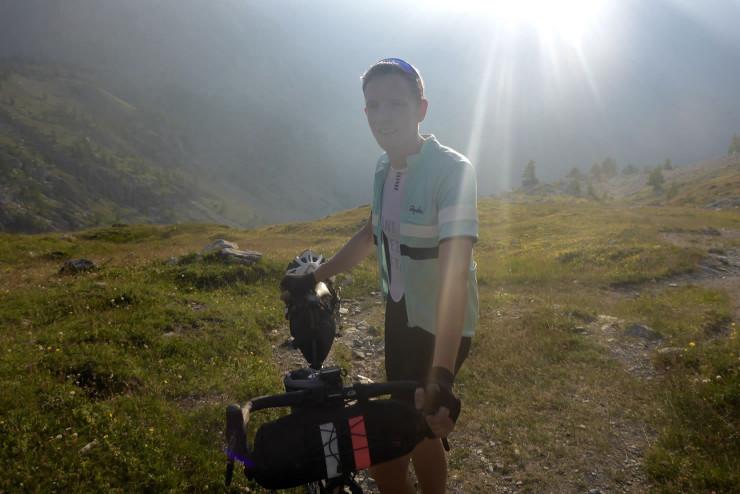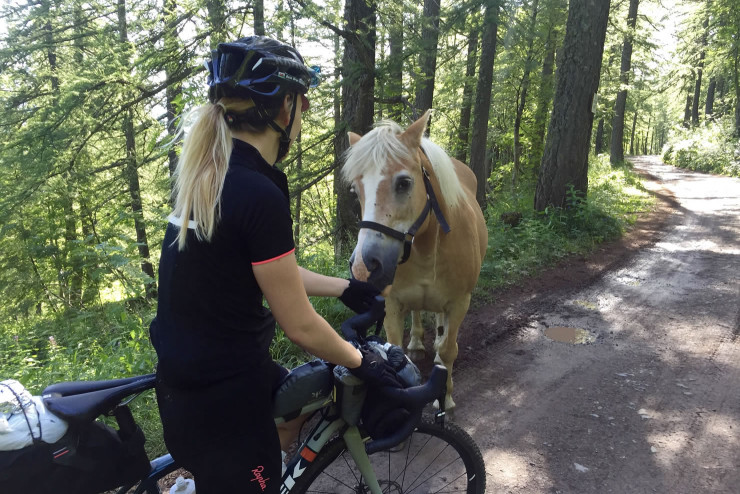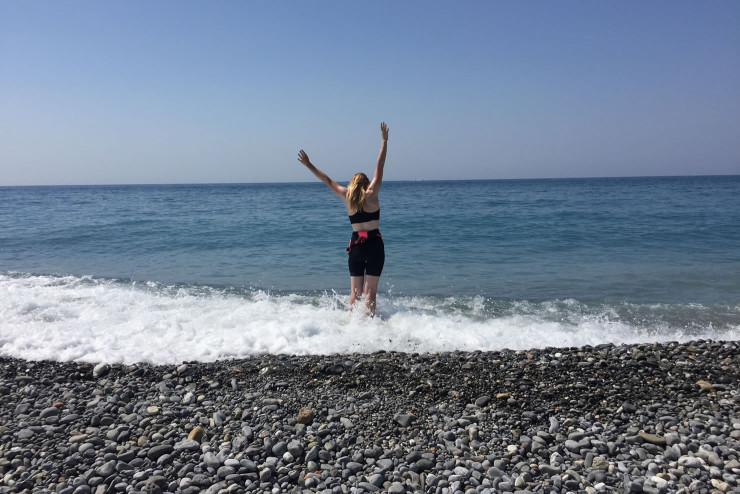Bikepacking the Via del Sale & the Mercantour Alps
Beth ‘Bryn’ Hodge planned her first mountain bikepacking trip along the southern border of Italy and France in the Mercantour Alps. Here’s what she learned alongside a collection of photos and some insight to plan a trip of your own in these magnificent mountains.
PUBLISHED Oct 5, 2016
Words by Beth ‘Bryn’ Hodge; photos by Beth and James Corlett
Solitude. Views. Breaking trail. No phone signal. A bone shaking descent and a leg burning climb with a glass of chianti at the end. This is riding in the Piemonte region at its best. From Cuneo to Ventigmillia — in a non direct route via Dronero — we took in military roads, trade routes including the Via del Sale, and MTB tracks, all in the pursuit of staying at a high elevation and riding for hours over multiple days.
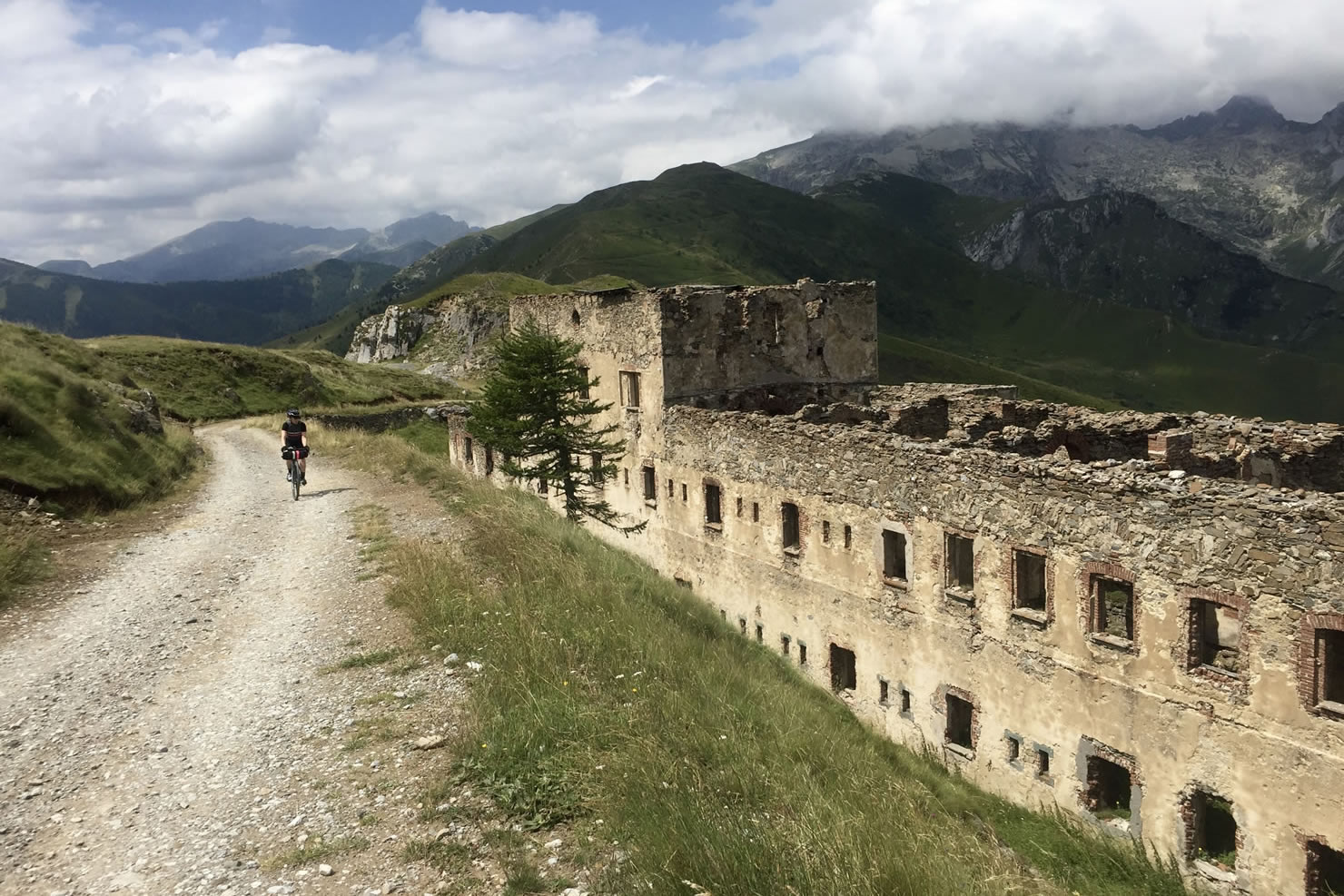
Having ridden in and explored the region for the Giro D’Italia this summer, and once upon a time hazily completed the Route de Grand Alpes which traversed the same mountain ranges through the Mercantour Alps, I was familiar with the region’s various derelict military buildings and snaking strade bianchi-esque roads creeping around mountain sides and off into the distance. So an off road bikepacking trip idea formed.
Researching road trips is far simpler; they are usually written about, documented, and well photographed, planning for this one took a little more imagination. With not much information and resources available, this trip was a real labour of love. Wanting to ride the highest and most remote roads and trails can also mean riding the hardest tracks. And for someone like me who perhaps gets a little nervous about things like water sources, pushing the limits of what is manageable required some serious planning. The area will become far more popular with adventure cycling soon I’m sure, particularly as the Torino-Nice Gravel Rally which took place recently traversed many of the roads that we used.
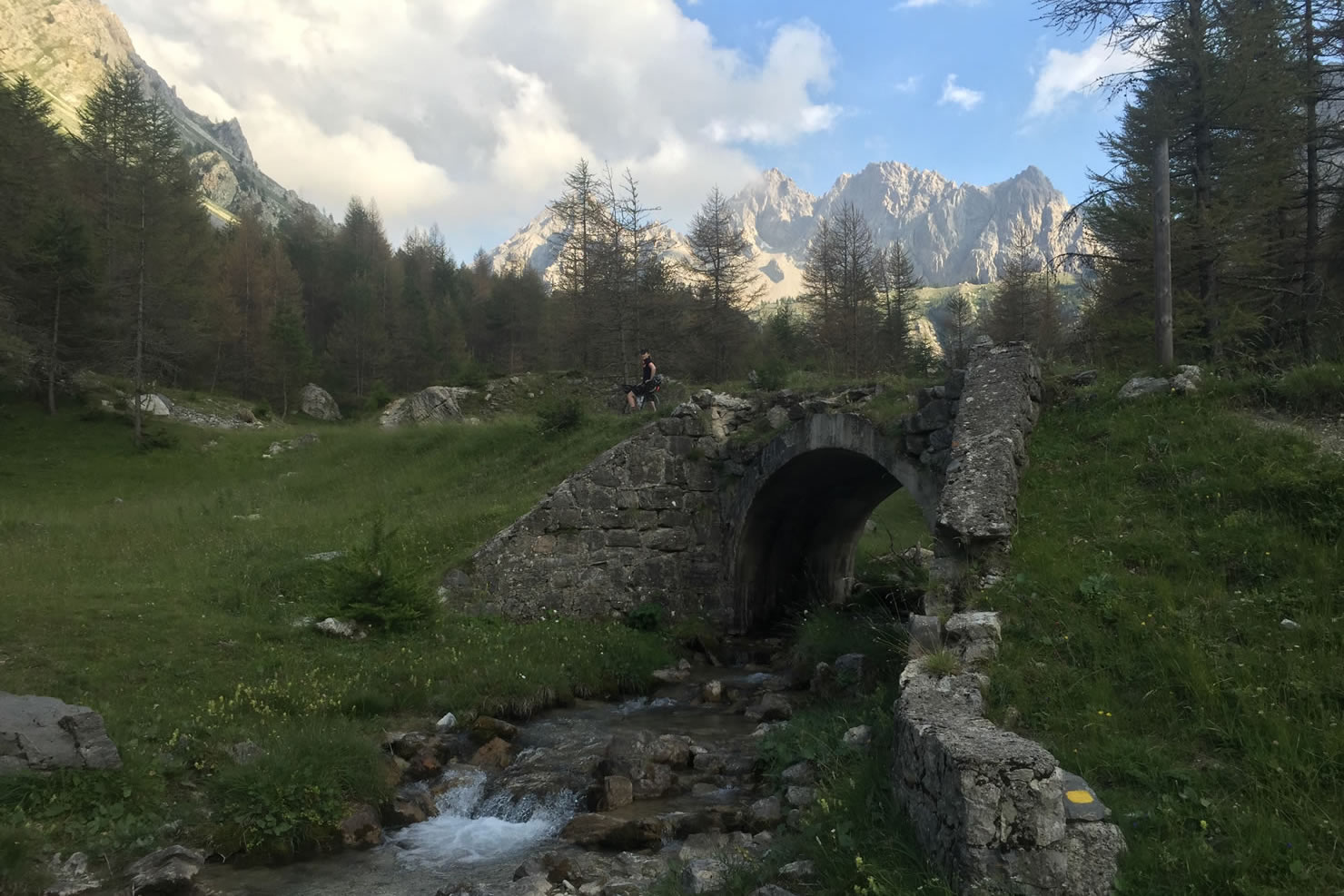
I’ve set out some of my learnings from planning, riding and reflecting in this quiet and beautiful region.
Mapping
With the desire to stay amongst mountains in remote areas the majority of the time, I wanted to turn a multi day hiking style trip into a multi day high mountain cycling trip. Sounded simple enough, but the reality of where a bike can go compared to where a pair of walking boots can go is sometimes quite different. As we Google translated national park regulations and familiarized ourselves with the can dos and can don’ts, the distinctions became clear soon enough. National parks tend to have zones (couer du parc) within them where activities such as biking, wild camping, and throwing a ball for your dog is simply not allowed. Knowing however that there would certainly be mountain biking in the area, we started looking at MTB forums and blogs which gave us a better idea of what could be rideable.
The breakthrough however came from a tip of from a friend who had ridden a particular col in the area, the 46 gravel lined hairpins of the Colle di Tenda. Research into this particular col was like opening Pandora’s box as we found a wealth of detailed information from something never considered before, the 4×4 community. Blogs, maps, water points and geotagged photos from those roads we had only dreamt about is all available online for the region, remote roads you can use that cut straight through the protected areas. Turns out the majority of available roads are old trade routes, or military stradas.
Being short on cash this summer, we bought the paper maps of the region after we were certain that we had managed to find a decent enough route online. This was a massive fail, and should have just foregone the weekly pizza night to have the maps up front to see it all laid out in front of us at the very beginning. Using Italian maps numbers 7, 8 and 14 from the Istituto Geografico Centrale with a scale of 1:50.000 gave us a great overview of the route we had plotted and enabled us to change a few bits before we left.
Plotting every single day onto the Garmin ahead of leaving enabled us to check distance and estimated elevation, and plot water and food stops onto the route.
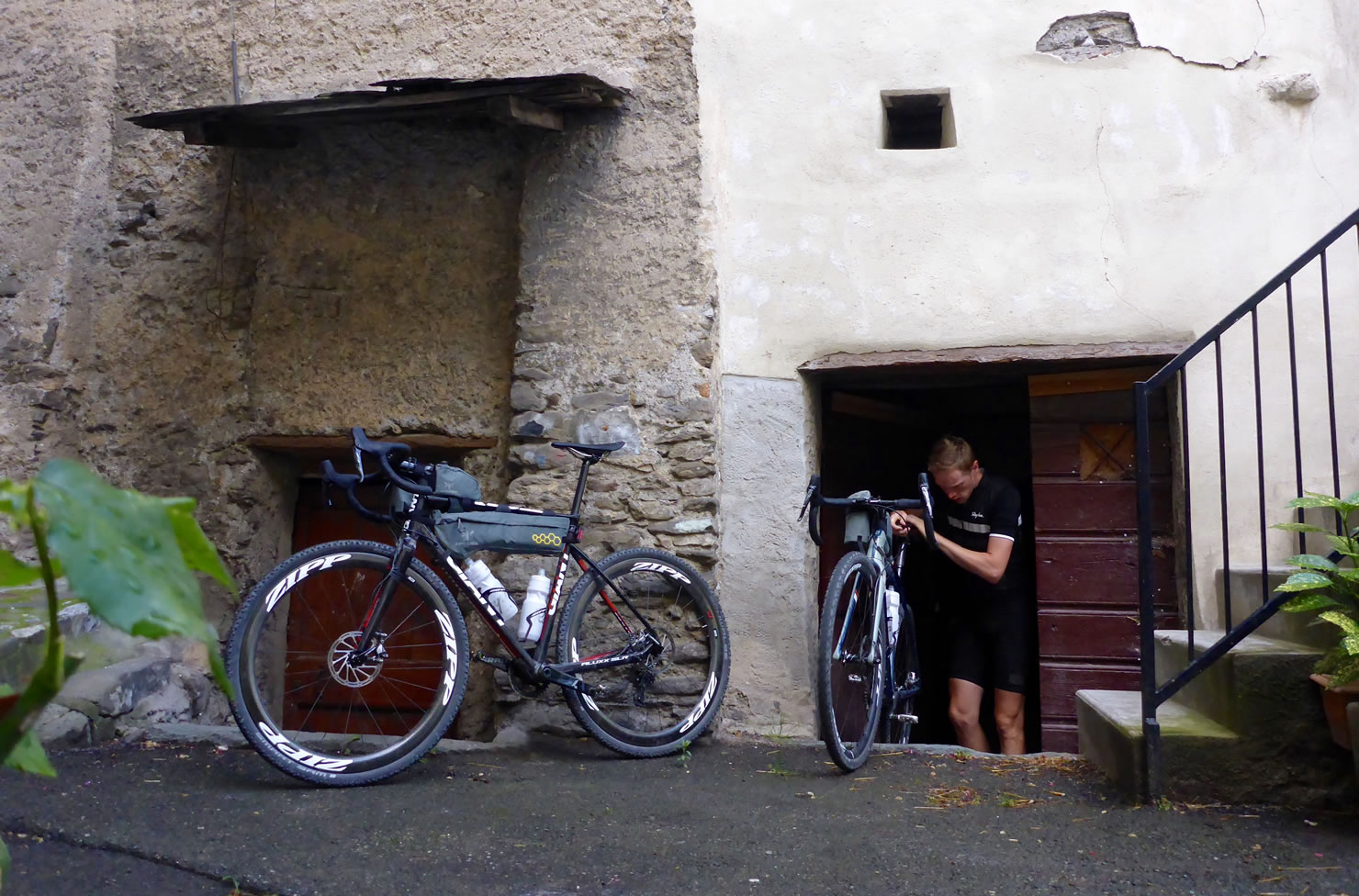
Sleeping
Various hiking trips had opened my eyes to mountain refuges, where depending on how lucky you are, how nice the guardian of the refuge is, how generous the cook decides to be and how much your dorm mates snore, you can get a cracking nights sleep, a three course meal and a drink (or several). Rather than carrying camping kit, we decided to try and combine our finds on the 4×4 front and an equivalent refuge airbnb style site to link up the two. As many of the routes in the region pass across the French/Italian border it means that a little bit of organisation is needed to keep track of where the nicest and highest refuges are, on the tracks that are legally rideable. There are many refuges in the Mercantour Alps, some owned by the mountaineering associations which generally have a very easy to use online booking system, and others that are privately owned which may require a few phone calls or emails if you wanted to book ahead. Booking ahead is not compulsory if the refuge seems big, but for piece of mind and for setting a daily distance goal I would advise it.
In trip order we stayed at the following refuges, interspersed with small gites.
- Refuge Gardetta
- Santuary Sant’Anna di Vinadio
- Refuge de la Madone de Finestre
- L’Estive du Mercantour
- Auberge St Martin
- Rifugio Don Barbera
- Nuovo Rifugio Allavenna
Eating
I’ll be honest, a large proportion of our Apidura packs were taken up with food we had purchased before the trip. Feeling like we were going to be fairly remote — and having some knowledge of just how rubbish a refuge breakfast and lunch could be — meant carrying a fair amount of high calorie food such as nuts, mini saucisson, mini madeline cakes, nut butter sachets and mini daim bars. Small towns offer small shops, I can’t recall passing anything fairly useful on the route.
We relied on the refuges to provide the evening meals which on the whole were really good. Some did provide lunches should you happen to arrive early, but the take away lunches for the following day’s picnic generally sucked, so carry as much food with you as possible.
Carrying two 750ml bidons (bottles) and one 500ml bidon each was perfectly fine (until I lost one of mine…), filling up before leaving base each morning. We took our chances on a few mountain rivers but also used a LifeStraw when unsure. Generally water in the area is easy to find in typical mountain villages, but conserving water as much as possible when in higher elevations was something to think a bit more about
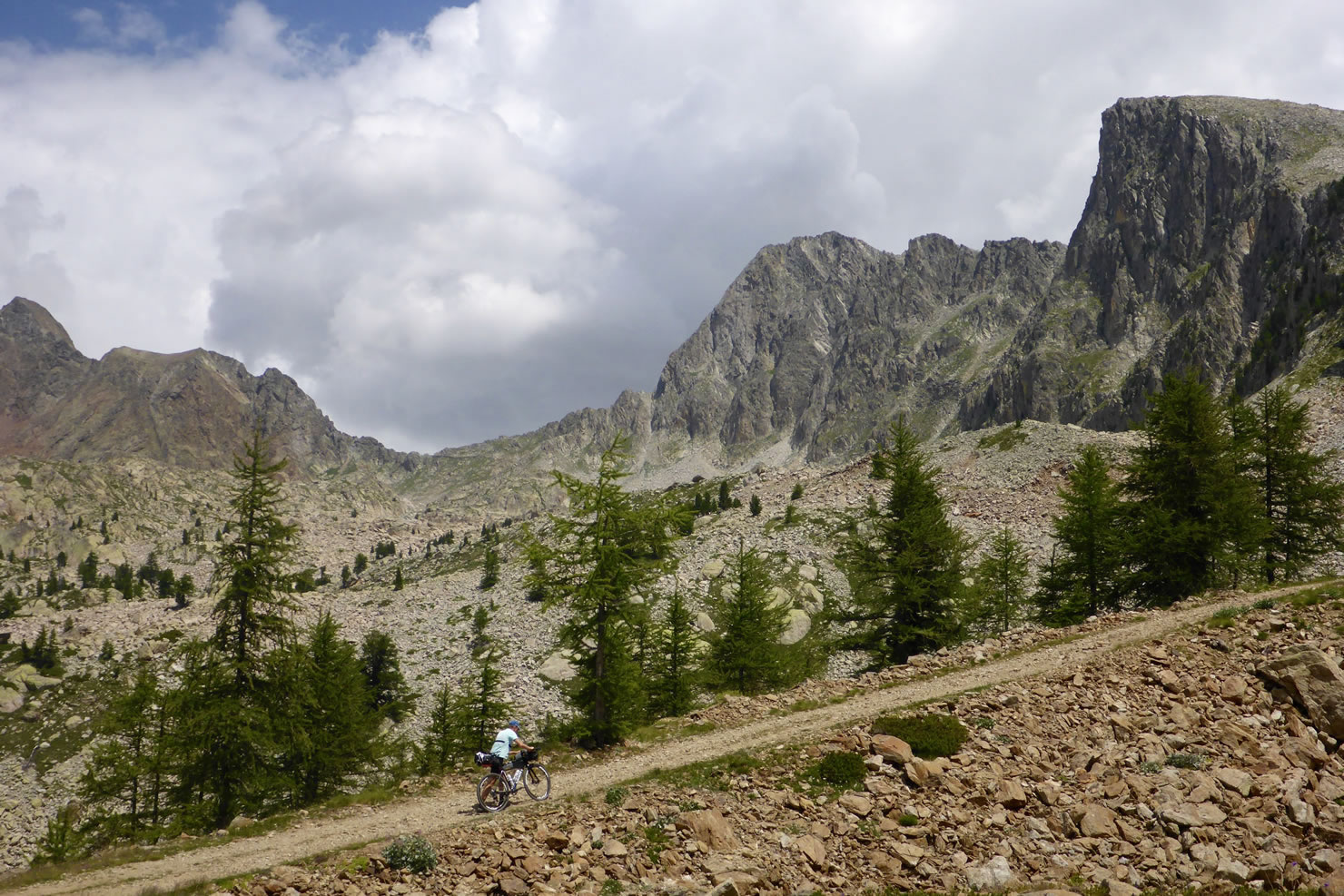
The terrain
Admittedly, the route we did would have suited some suspension. It was rough the majority of the time which we expected and wanted, but on a day of nearly 2000m of descent my forearms were screaming by the end of it. As to be expected over 400kms, the route takes in a variety of tracks, some smooth, others less so, and some pretty testing ones too, and with a lot of climbing to get done, a certain amount of patience and strength is required. Having hydraulic brakes saved the day on a number of occasions and that was a good compromise for the lack of suspension. The bikes coped well and my riding undoubtedly got better and more confident as the week progressed as I learnt not to hang on to the brakes so much down tricky descents! Doing this route on the cross bikes saved weight and got us moving quicker on sealed tarmac, so no regrets there. They also led to some great chats with mountain bikers we met on the route, and even better discussions about our gearing (11-36) with old Italian boys on several occasions. The only thing we really wanted that we didn’t have was a kickstand, so I’m waiting for them to come into fashion, so I can have one for the next adventure.
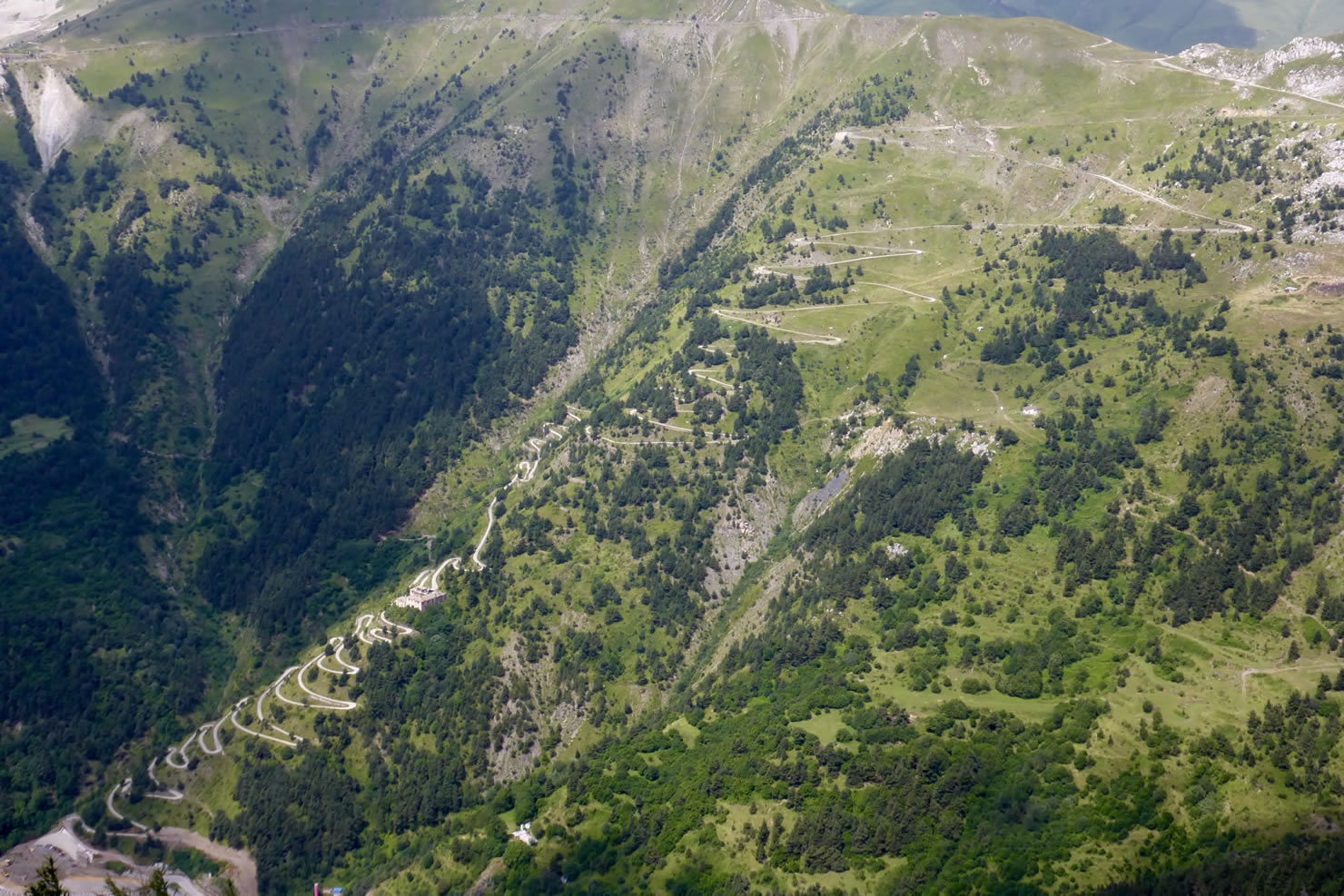
10 out of 10/Would return.
I am almost positive that we didn’t plan, nor execute this trip in the most efficient way possible- a 4km hike with the bike down an unrideable mountain path strewn with boulders probably answers that one. But that’s part of the fun not being expert in something and exploring a new area. I am absolutely positive however that this region provided us with the most incredible, and jaw droppingly beautiful views from the saddle I have ever seen, and I’m not sure what will top it.
Things we lost
- 1 Banana
- 1 Bidon
- 1 Pearl earring
Our trip by the numbers
- 0 Punctures
- 62 Bidons filled
- 30 Dime bars
- 16 Mobile phone charges
- 2 Times got lost
- 9km Kilometres walked
- 27 Cols reached
- 17 Times border crossed
- Too many to count Mozzie bites
Recommended reads
- Max Leonard and Camille J Macmillian: Bunker Research bunkerresearch.com
- Inner Ring: War, what is it good for? inrng.com
- Cycling Challenge: cycling-challenge.com
The eternal quest for…
- Shade
- Water
- Bananas
- Downhill
- Rideable paths
- Squashable snacks
- Non plastic coated chairs
- Power socketsv
- Real toast
- Tea in a cup
- Cash machines
- Postcards
- Pizza pre sliced
- Airtime on jumps
- Wifi to watch modern family /Instagram
- Toilets you can sit on
- Good wee spots
- Handwash
- A good photo
- The sea
- A place to lean your bike
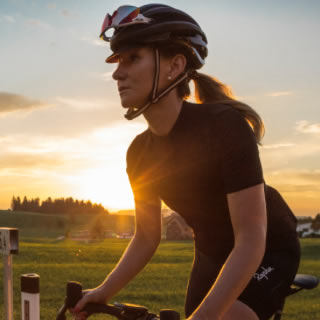
About Beth
Beth “Bryn” Hodge is a blogger and avid cyclocross racer living in London, England. She serves as women’s secretary for Dulwich Paragon CC (one of the largest cycling clubs in the UK) and is also the co-founder of London Women’s Racing, a not-for-profit women’s race organization. Follow Beth’s travels on her blog and Instagram @brynridesbikes.
Please keep the conversation civil, constructive, and inclusive, or your comment will be removed.






